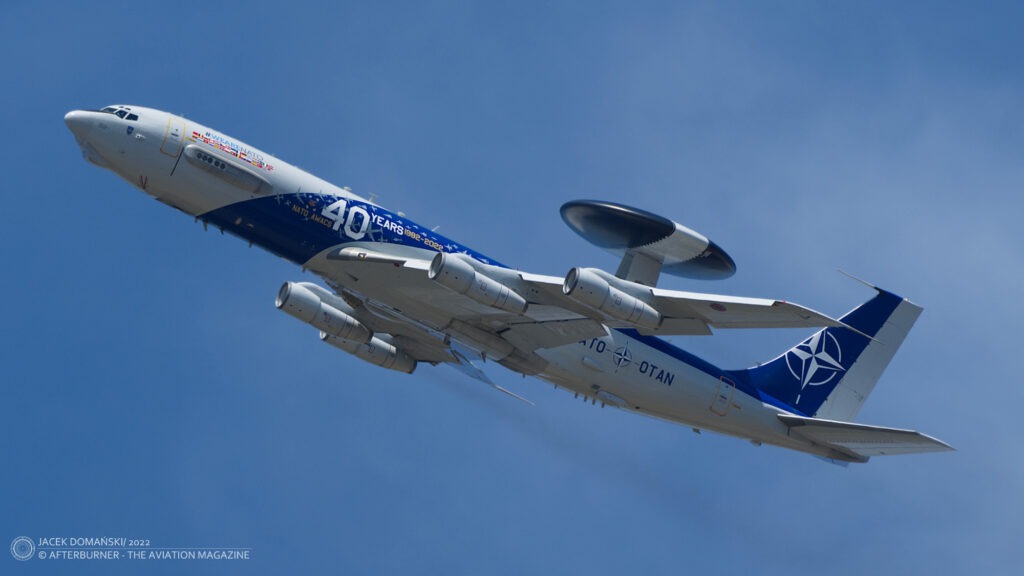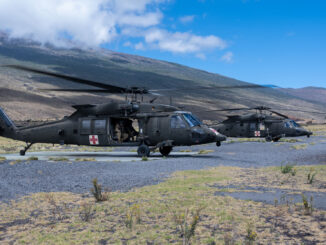 On 28th February this year, the Boeing company informed about receiving the United States Air Force contract for development a dedicated variant of E-7 Airborne Early Warning and Control aircraft for the USAF.
On 28th February this year, the Boeing company informed about receiving the United States Air Force contract for development a dedicated variant of E-7 Airborne Early Warning and Control aircraft for the USAF.
The E-7 was originally designed for the Royal Australian Air Force in the early 2000s, under the programme named Project Wedgetail. The aircraft performed its maiden flight in 2004 and in November of 2009,the first two E-7 Wedgetail jets were delivered to the RAAF.
Over the next years, the E-7 AEW&C were also acquired by Turkey (E-7T variant designed within Project Peace Eagle / Barış Kartalı), the Republic of Korea (Project Peace Eye) and the United Kingdom (Wedgetail AEW1).
´The E-7 is a proven platform,´ said Stu Voboril, the E-7 programme vice president and general manager. ´It is the only advanced aircraft that is capable of meeting the USAF’s near-term Airborne Early Warning & Control requirement while enabling integration across the joint force.´
Airframe of the E-7 AEW&C aircraft is based on the Boeing Next Generation 737-700, representing the third derivative of popular airliner family.
The Boeing company advertises the E-7 as flexible command and control node that delivers multi-domain awareness in the most challenging operational environments. Its open systems architecture and agile software design was designed to enable the aircraft capabilities to evolve and remain ahead of future threats.
Similarly to the well-known Boeing E-3 Sentry, the new AEW&C aeroplane can track multiple airborne and maritime objects with a 360-degree coverage. However, the E-7 is equipped with the fixed, active Multi-role Electronically Scanned Array (MESA) sensor that replaced the E-3 Sentry characteristic rotating radar antenna above its fuselage. According to the manufacturer, the MESA sensor represents a generational change in early warning capabilities and provides critical domain awareness to detect and identify adversarial targets at long range and dynamically adjusts to emerging tactical situations.
Within the contract worth 1.2 billion USD, the Boeing company will develop two new variants of the E-7 AEW&C aircraft, tailored to the USAF needs. It is expected the new jet will enter operational service in 2027. At the same time, the E-3 Sentry retirement programme is going to be launched.
It will also mean the end of the ´flying dish era´ as also NATO, the second-biggest operator of the E-3 Sentry, already began the procedure leading to replace its AWACS fleet with the new aircraft. The official ´Request for Information´ was issued last year and, so far, responded by Boeing (with the E-7), Saab (Global Eye) and Northrop Grumman (E-2D Advanced Hawkeye).
And if you want to know more about the history of two very similar and yet different early warning aircraft, we recommend our articles focused on the Boeing E-3A Sentry and Beriev A-50 aeroplanes.

Cover photo: Boeing E-7 over Srinagar, India (© Boeing). Information from the Boeing company press releases were used.



